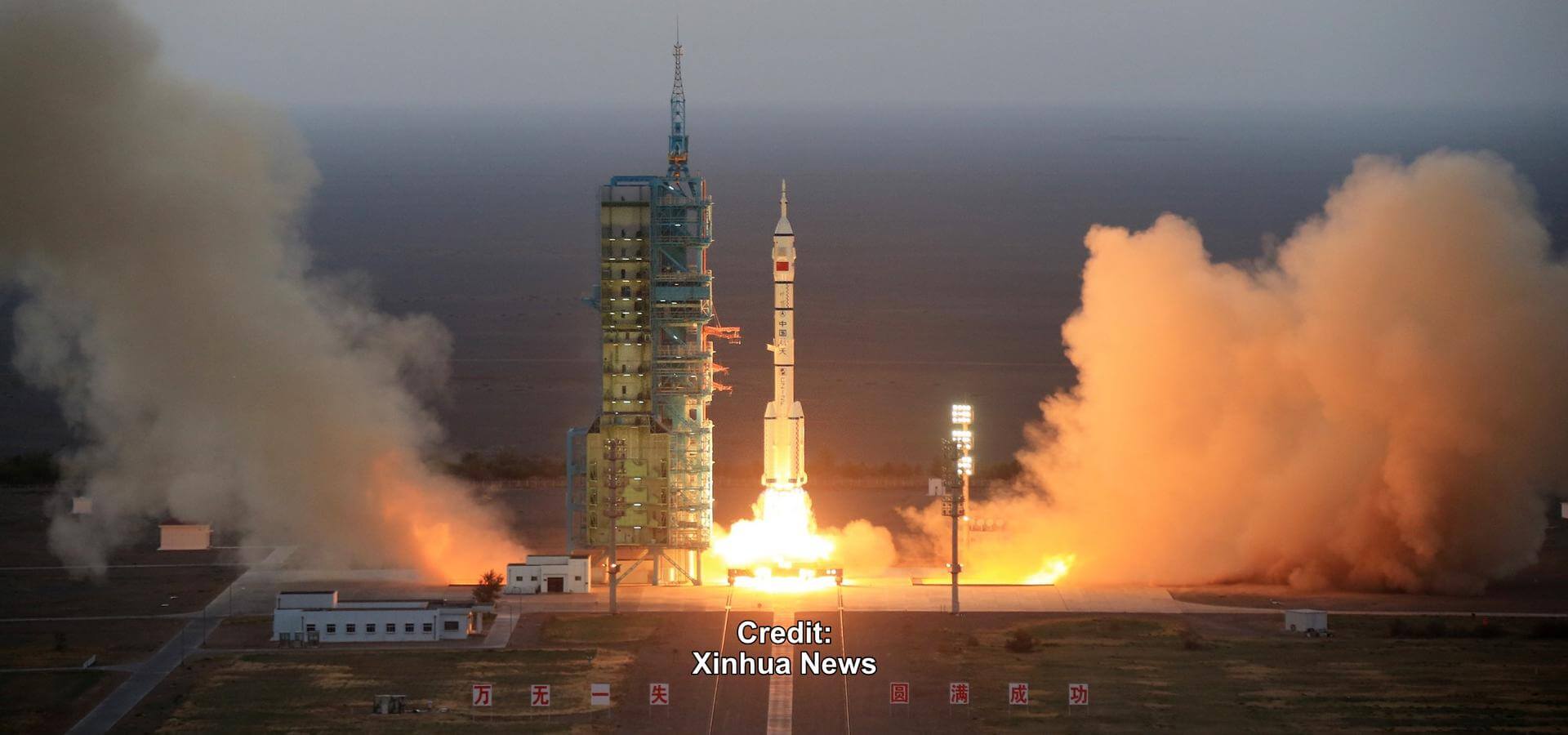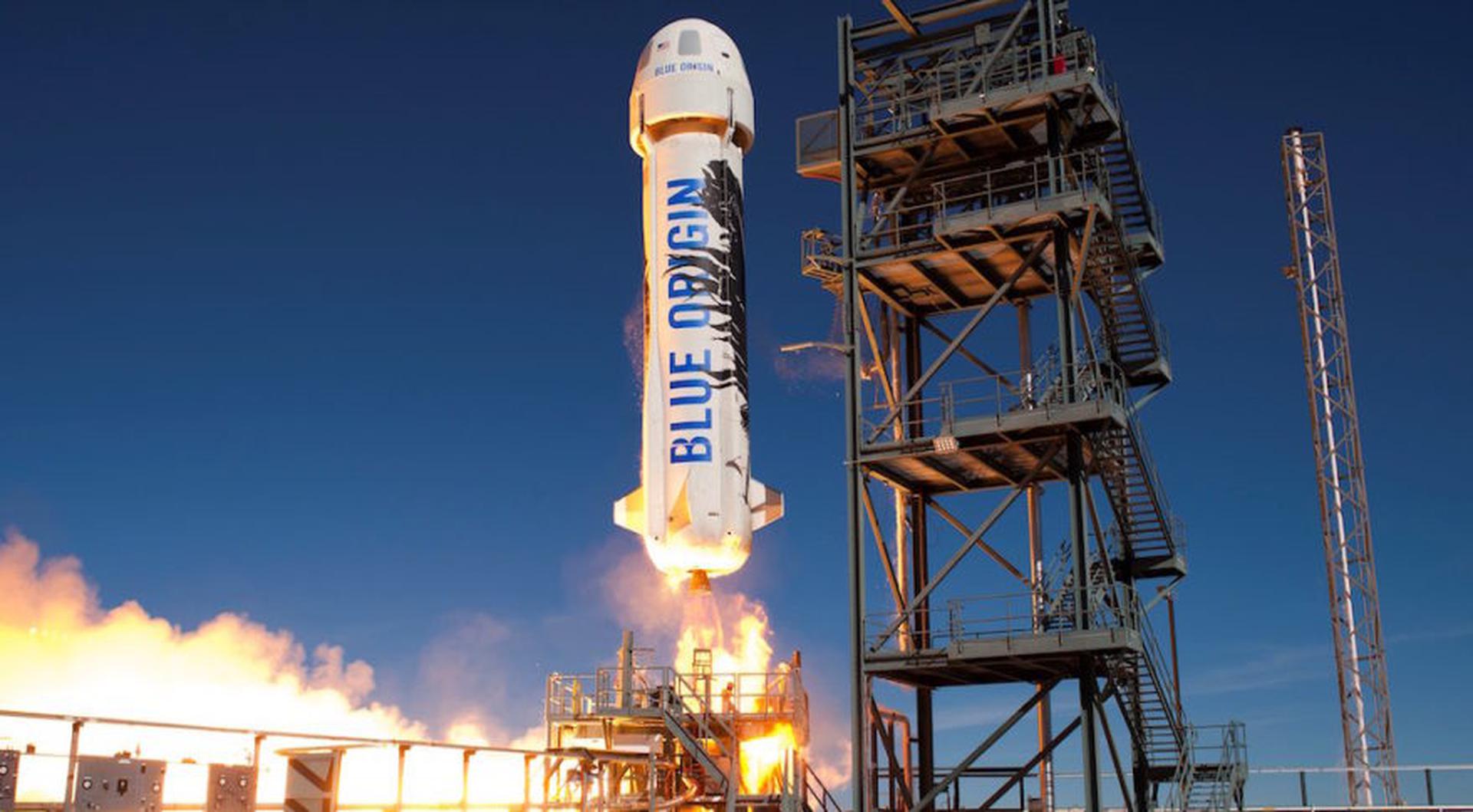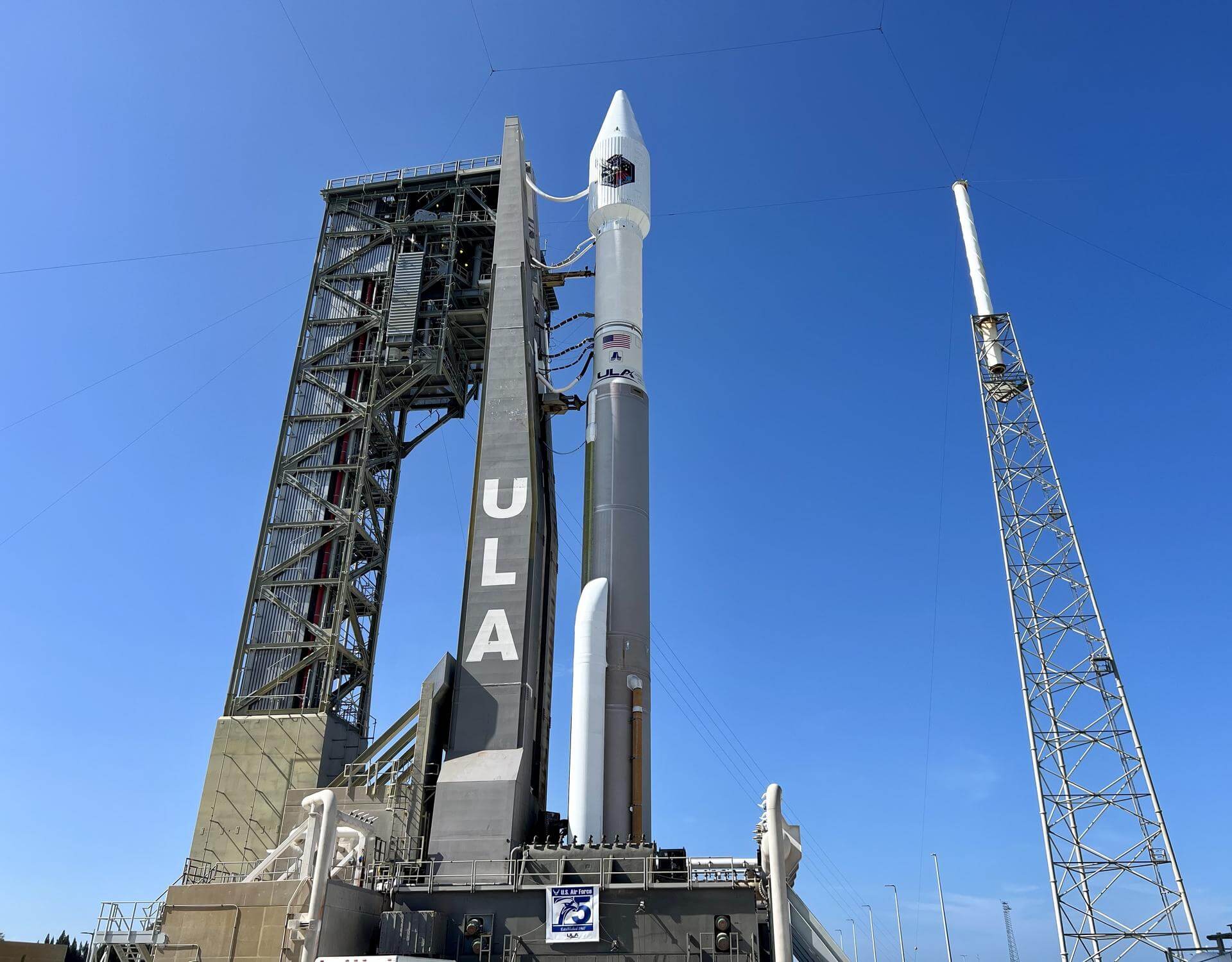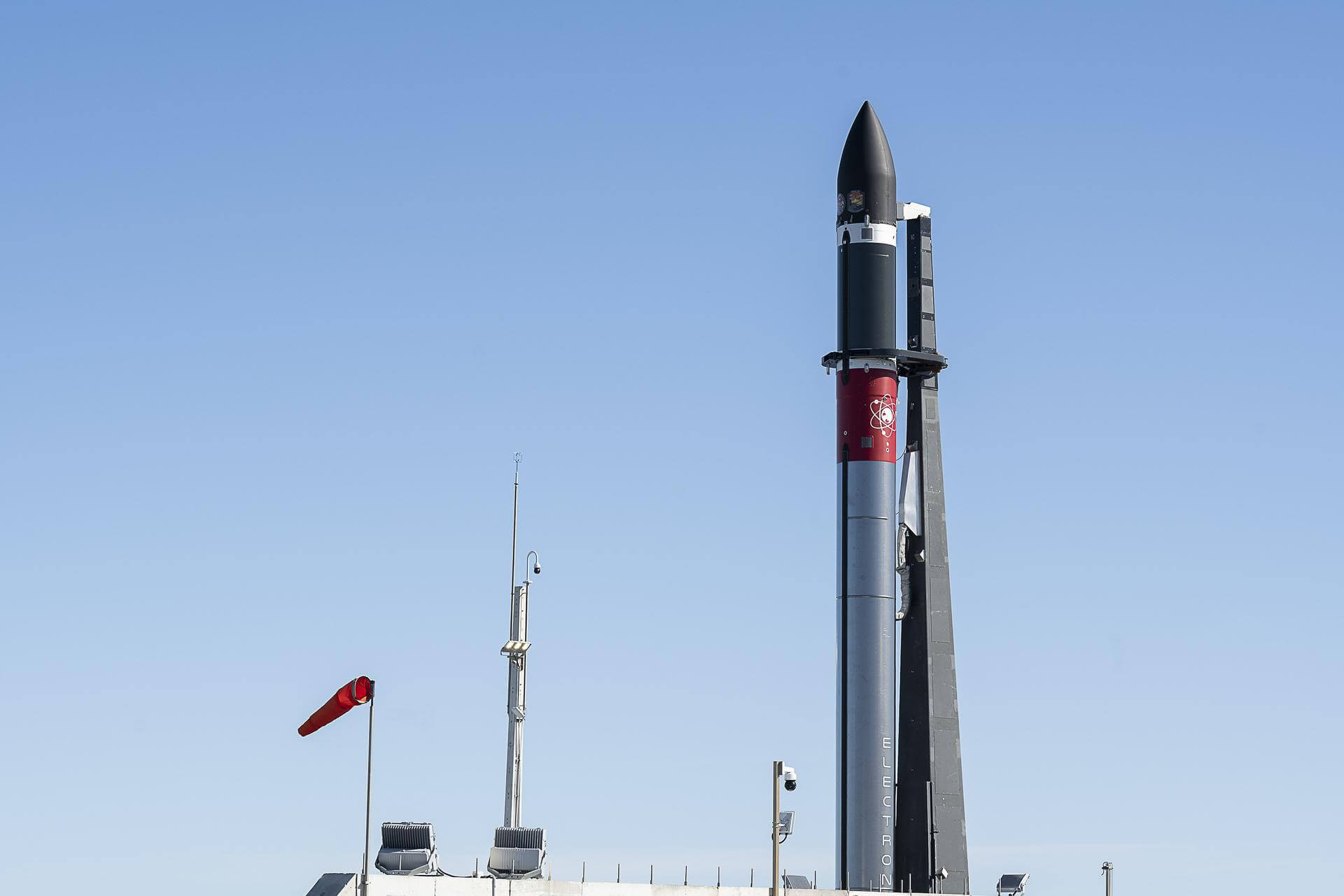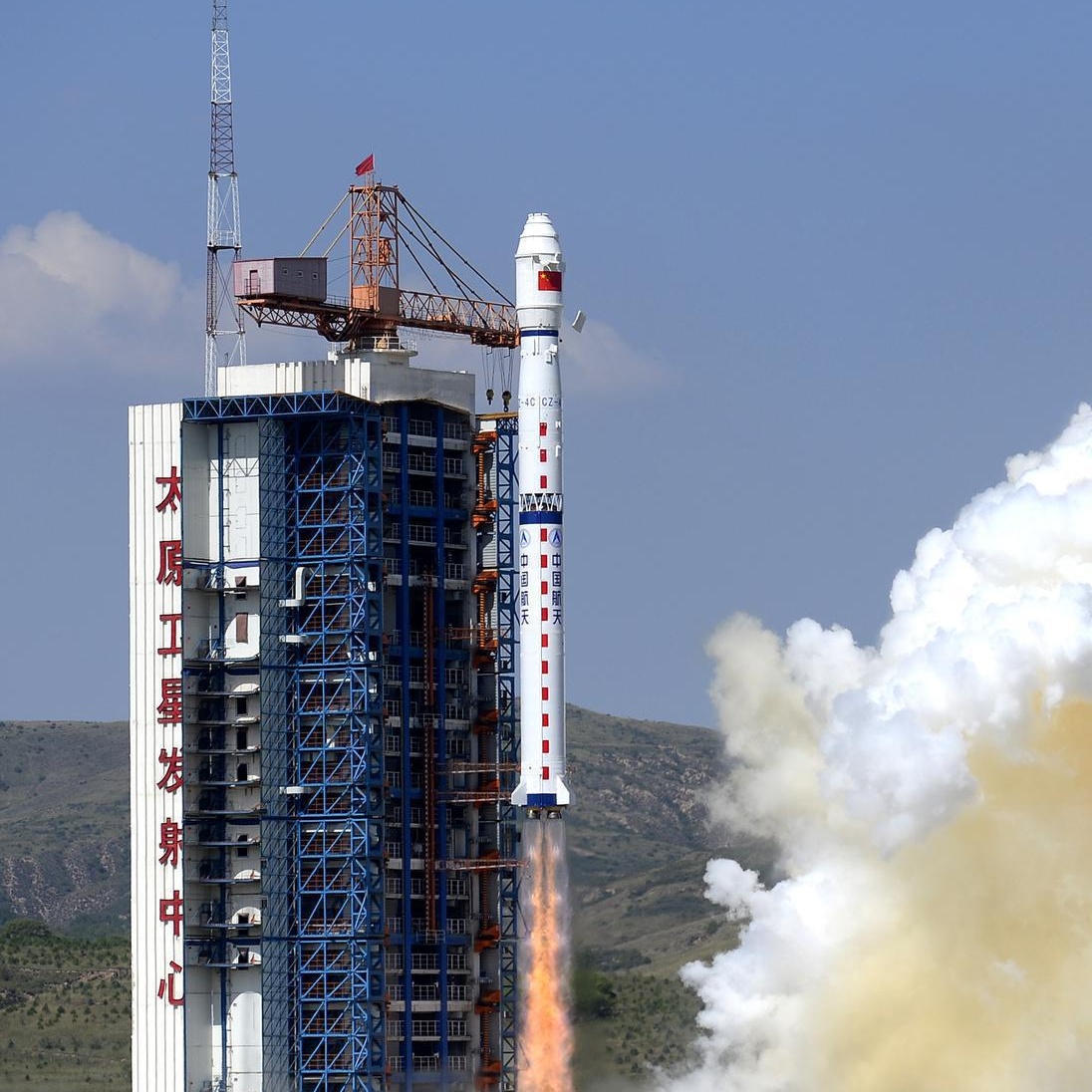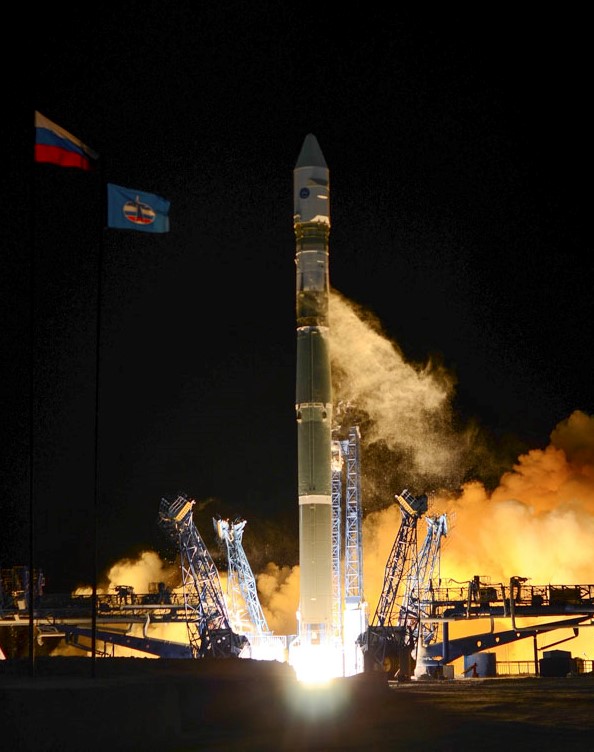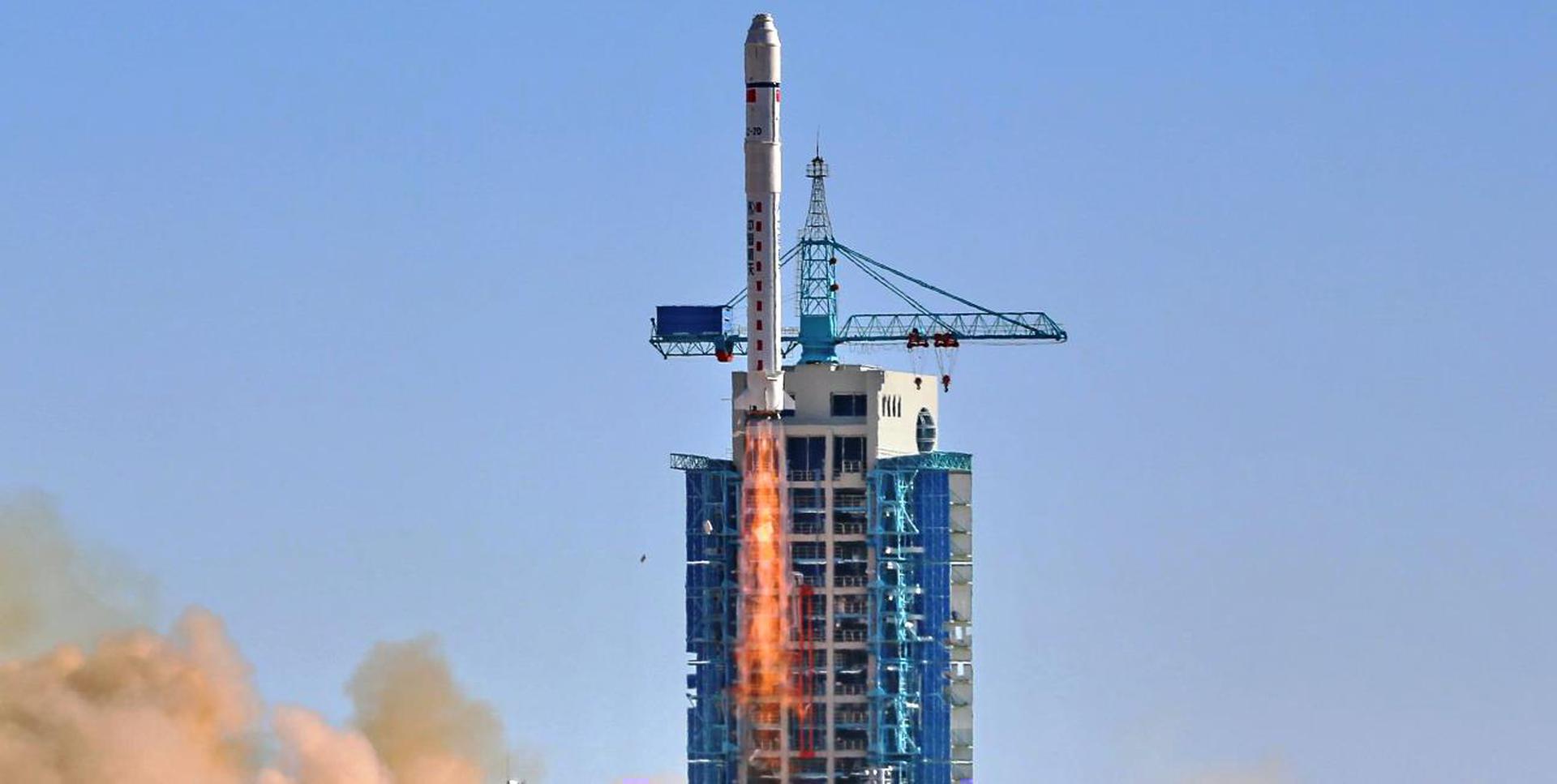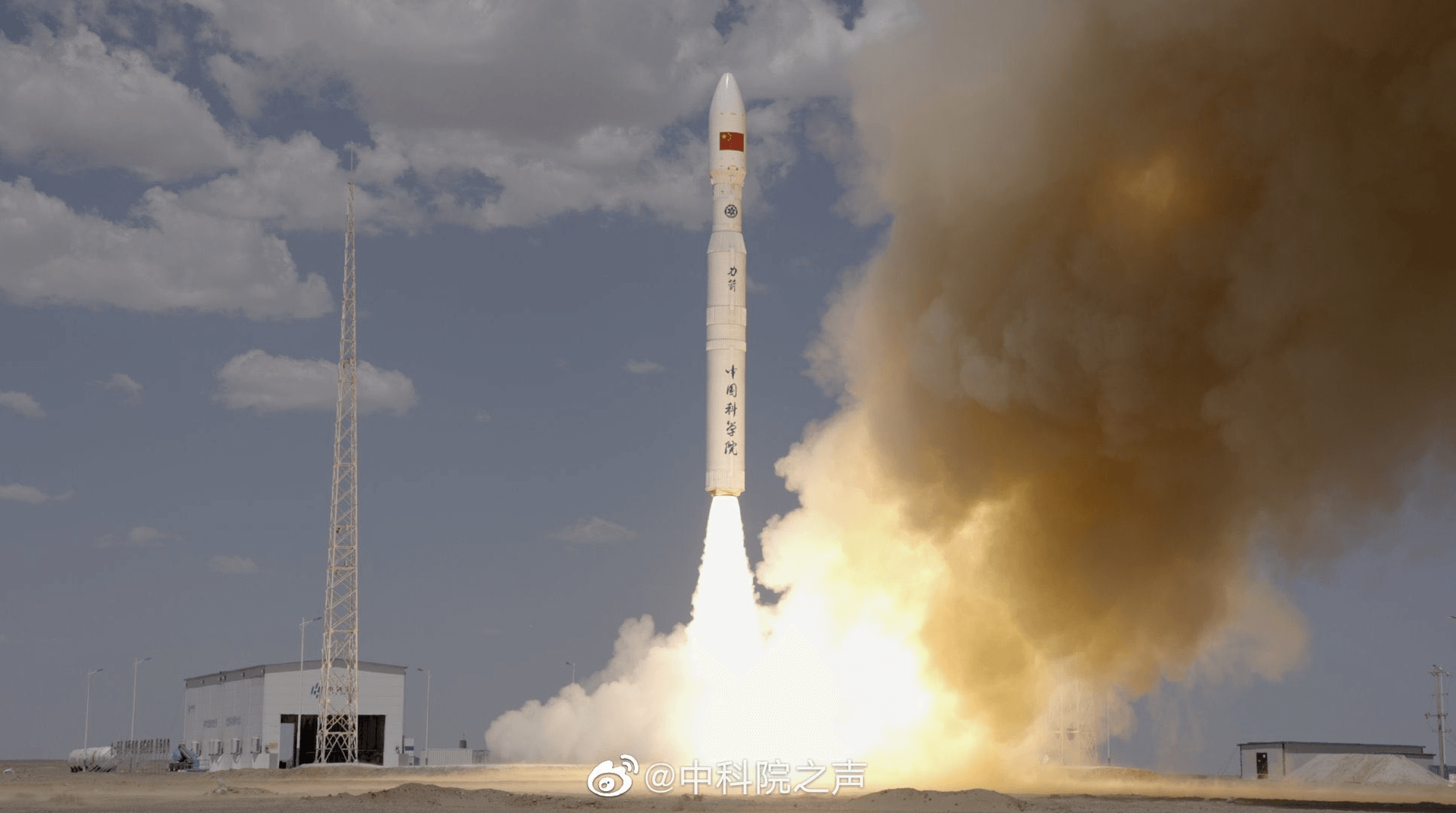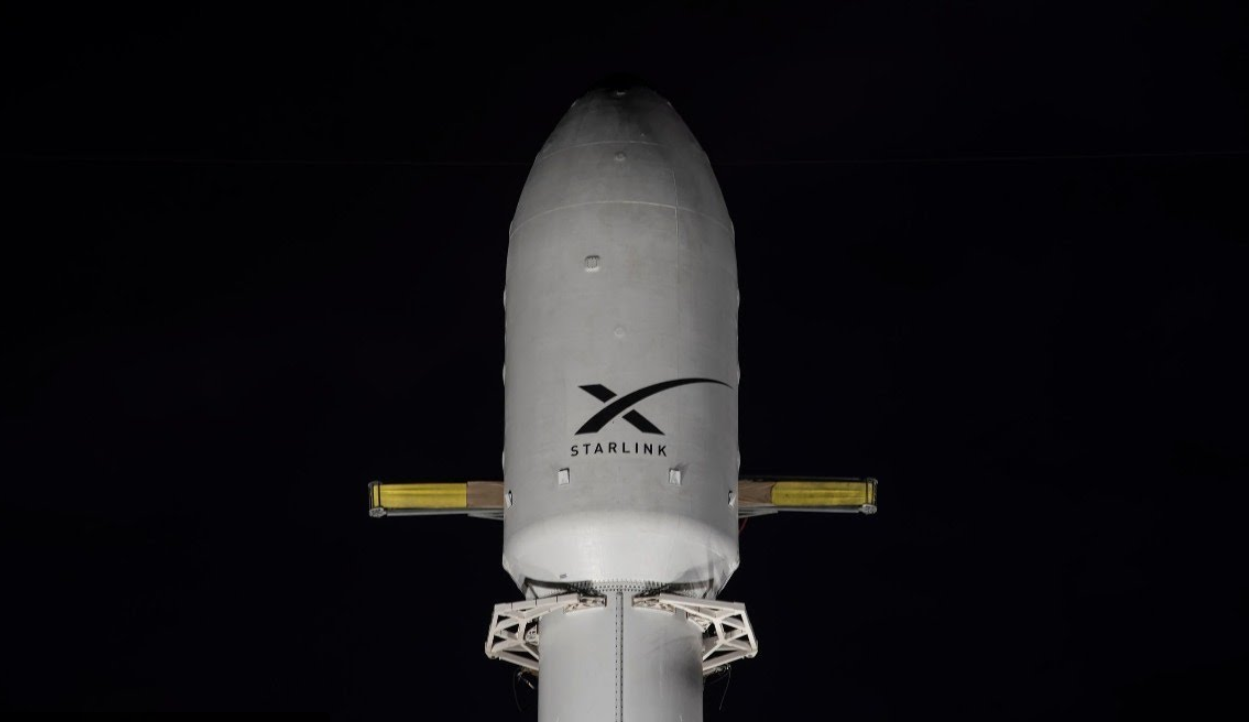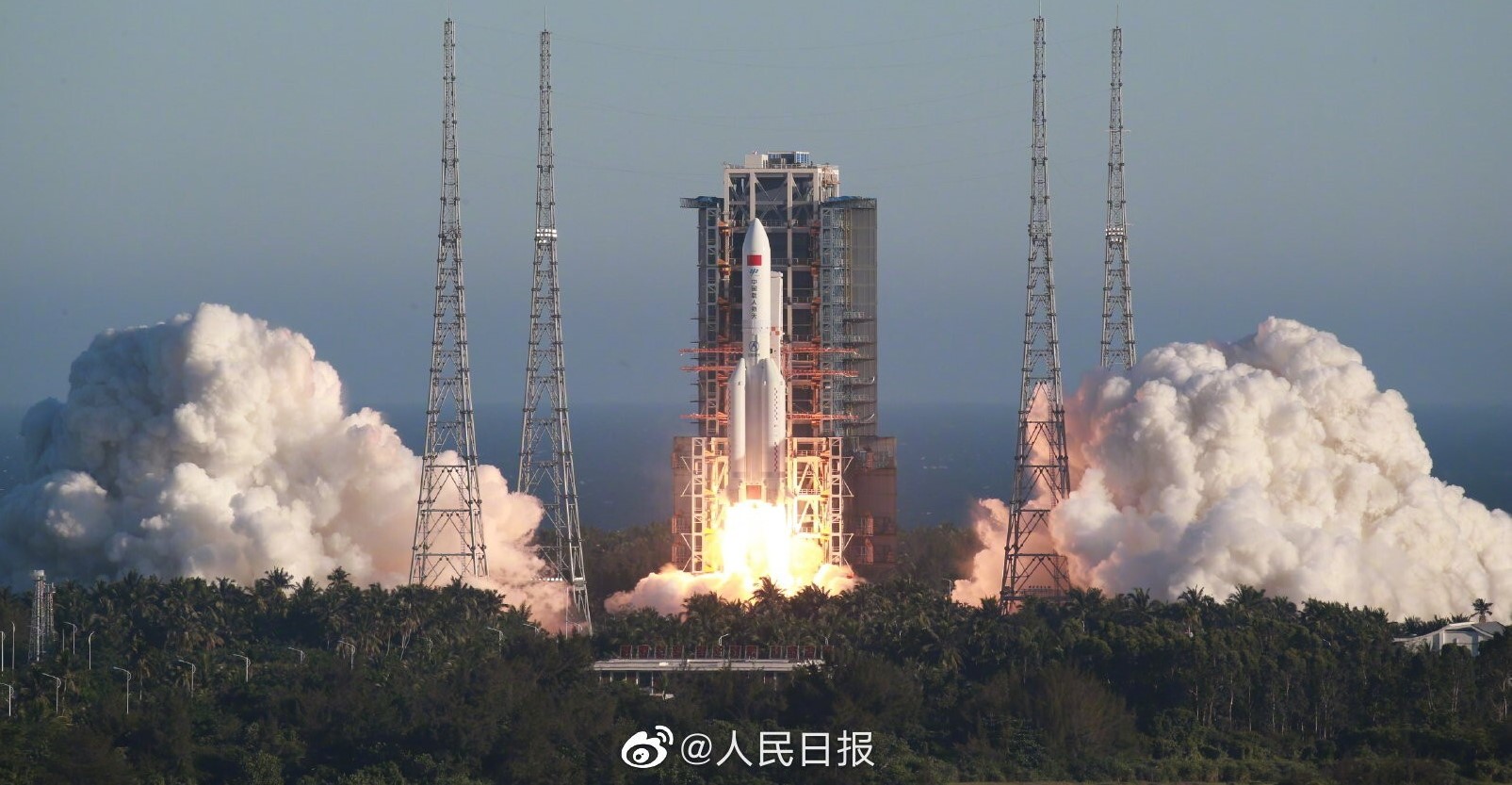Previous Spaceflight Launches
Filter by Agency, Locations or Vehicles
Show All LaunchesLong March 2F/G | Chinese Reusable Space Vehicle
China Aerospace Science and Technology Corporation | ChinaJiuquan Satellite Launch Center, People's Republic of China
Aug. 4, 2022, 4 p.m.
New Shepard | NS-22
Blue Origin | United States of AmericaCorn Ranch, Van Horn, TX, USA
Aug. 4, 2022, 1:57 p.m.
Atlas V 421 | SBIRS GEO-6
United Launch Alliance | United States of AmericaCape Canaveral, FL, USA
Aug. 4, 2022, 10:29 a.m.
Status: Launch Successful
Mission:
Sixth geosynchronous satellite of the Space Based Infrared System program (SBIRS), providing capabilities for early missile warning and missile defense. SBIRS GEO-6 is the second satellite using Lockheed Martin's LM2100 combat bus.
Geostationary Transfer OrbitElectron | Antipodean Adventure (NROL-199)
Rocket Lab | United States of AmericaOnenui Station, Mahia Peninsula, New Zealand
Aug. 4, 2022, 5 a.m.
Long March 4B | Terrestrial Ecosystem Carbon Inventory Satellite (TECIS)
China Aerospace Science and Technology Corporation | ChinaTaiyuan Satellite Launch Center, People's Republic of China
Aug. 4, 2022, 3:08 a.m.
Status: Launch Successful
Mission:
Note: Launch vehicle and payload uncertain. The Terrestrial Ecosystem Carbon Monitoring Satellite (TECIS) is intended to evaluate forest biomass, measure atmospheric aerosol content, and detect photosynthetic fluorescence. These measurements will contribute to efforts to combat global warming. The satellite carries 4 instruments: Multi-Beam LIDAR, Directional Multi-Spectral Camera, Directional Polarization Camera, and Chlorophyll Fluorescence Hyper-Spectral Monitor (SIFIS) The satellite will operate in a sun-synchronous orbit at a height of 506 km, at 10:30 AM local time in the descending mode, with a designed lifetime of 8 years.
Sun-Synchronous OrbitSoyuz 2.1v/Volga | Kosmos 2558
Progress Rocket Space Center | RussiaPlesetsk Cosmodrome, Russian Federation
Aug. 1, 2022, 8:25 p.m.
Long March 2D | Yaogan 35 Group 03
China Aerospace Science and Technology Corporation | ChinaXichang Satellite Launch Center, People's Republic of China
July 29, 2022, 1:28 p.m.
Kinetica 1 | Maiden Flight
CAS Space | ChinaJiuquan Satellite Launch Center, People's Republic of China
July 27, 2022, 4:12 a.m.
Falcon 9 Block 5 | Starlink Group 4-25
SpaceX | United States of AmericaKennedy Space Center, FL, USA
July 24, 2022, 1:38 p.m.
Long March 5B | Wentian
China Aerospace Science and Technology Corporation | ChinaWenchang Space Launch Site, People's Republic of China
July 24, 2022, 6:22 a.m.
Status: Launch Successful
Mission:
Wentian is the first Laboratory Cabin Module (LCM) and second major component of the Chinese spacestation. It will provide additional navigation avionics, propulsion and orientation control as backup functions for the Core Cabin Module (CCM) as well as a pressurized environment for researchers to conduct science experiments in zero gravity.
Low Earth Orbit